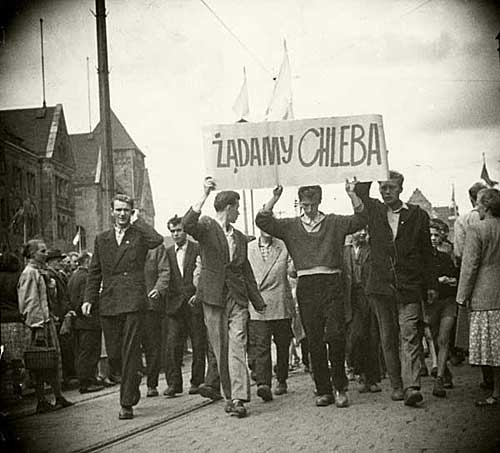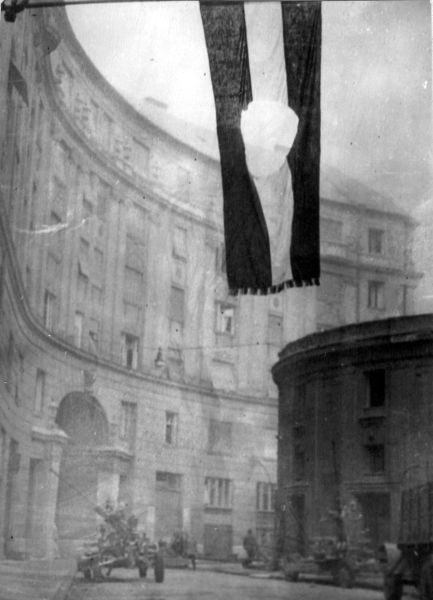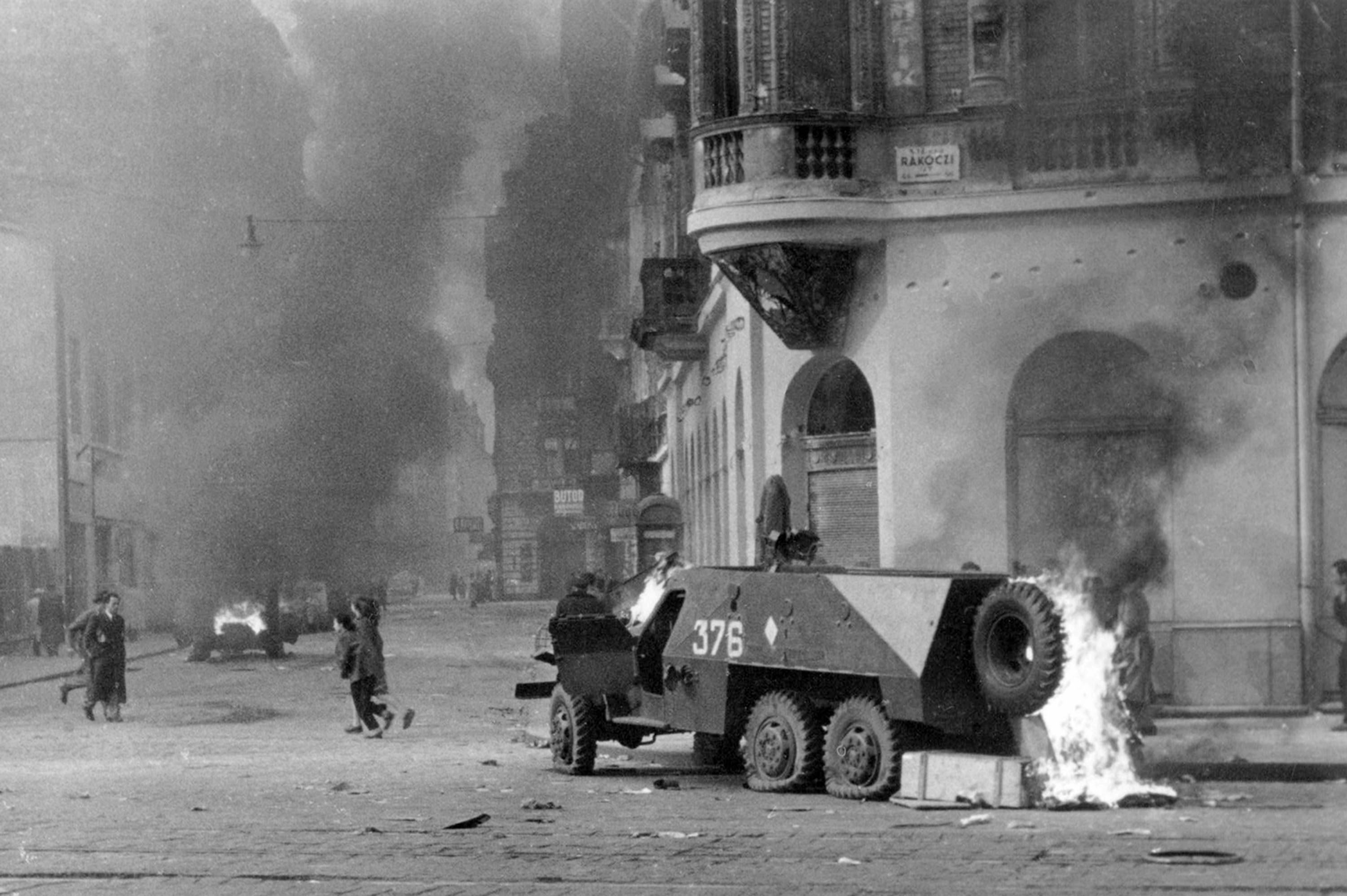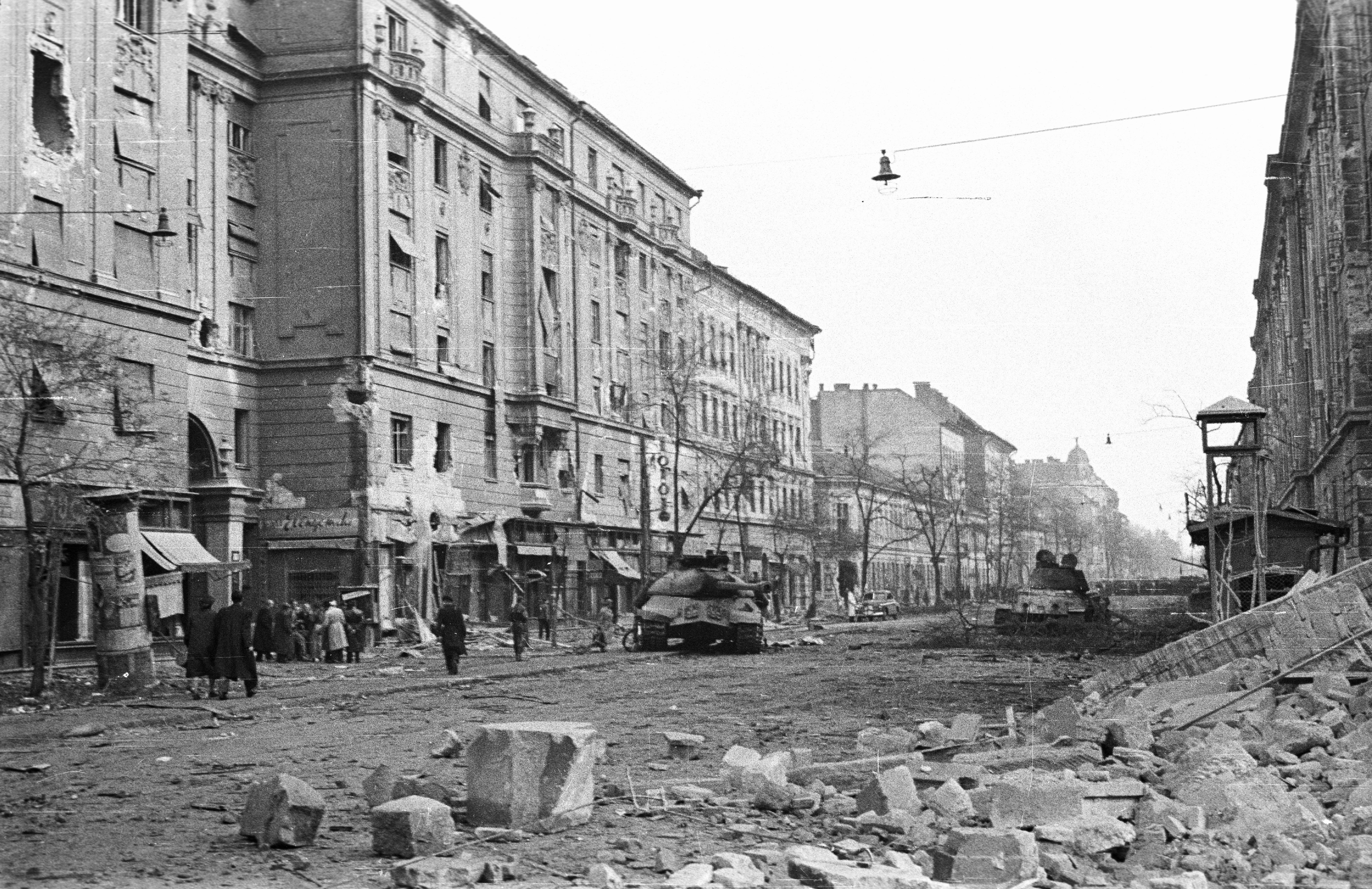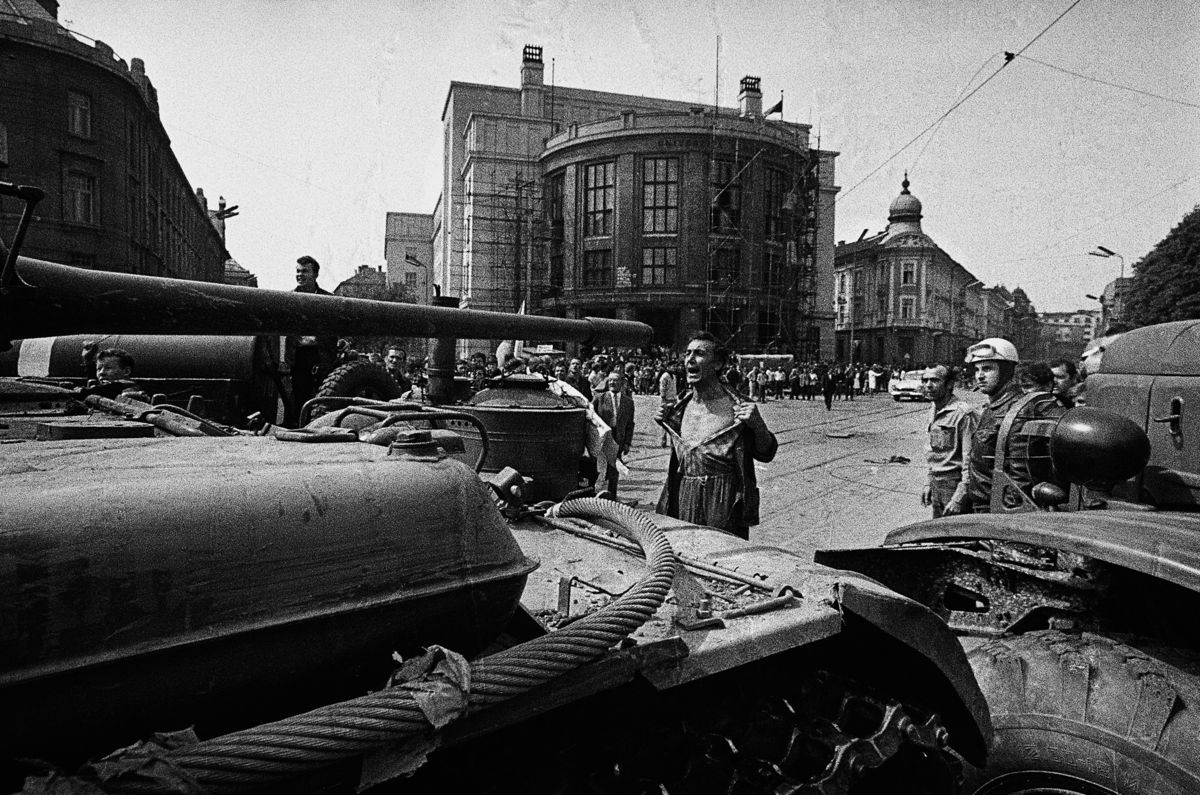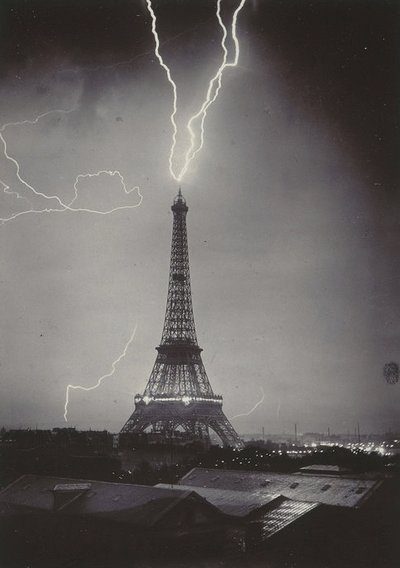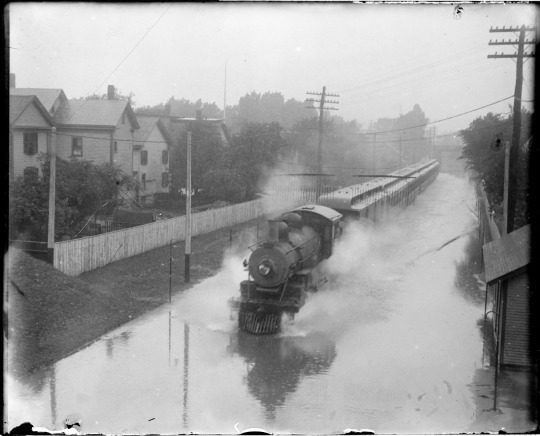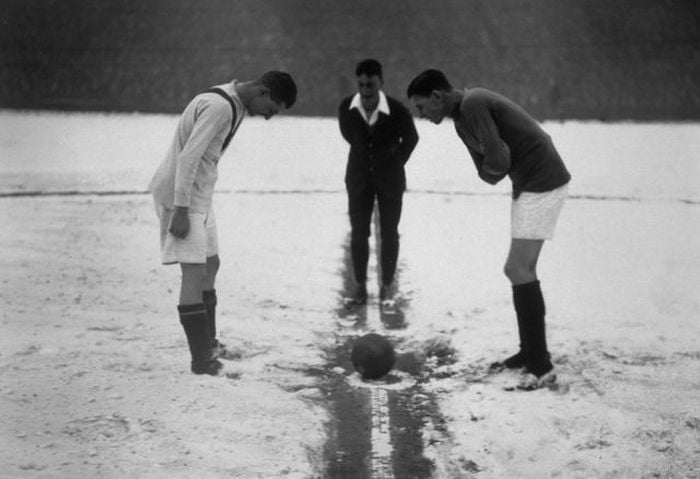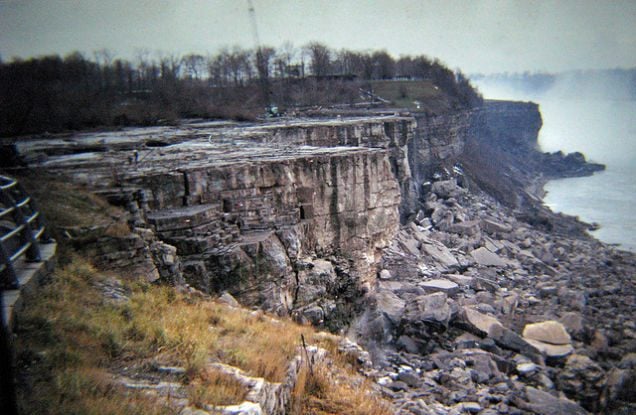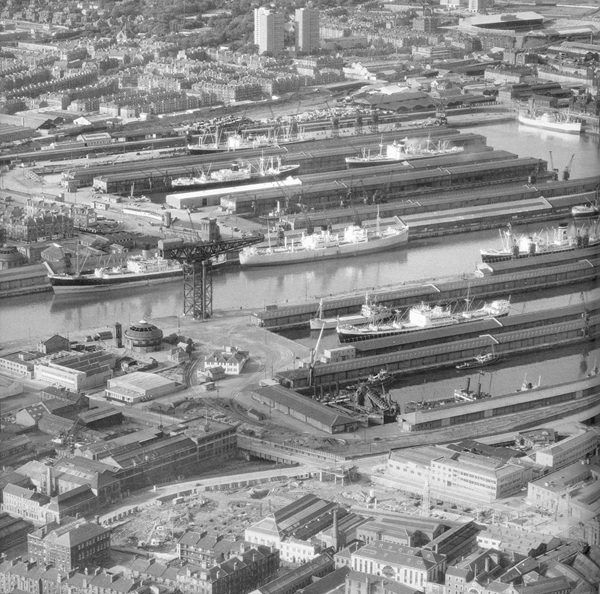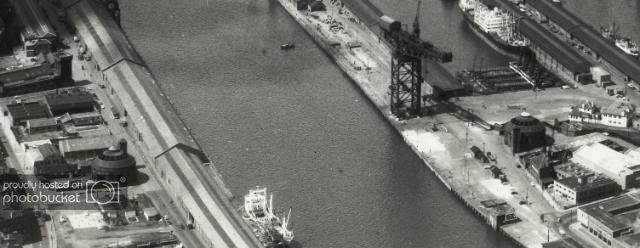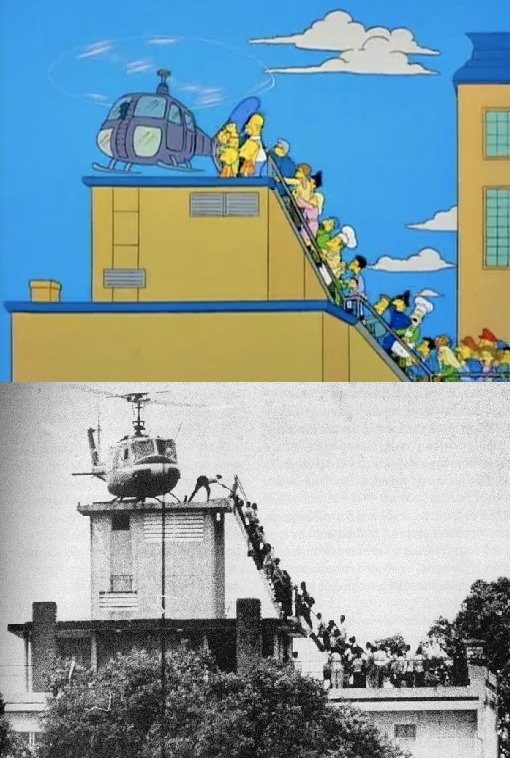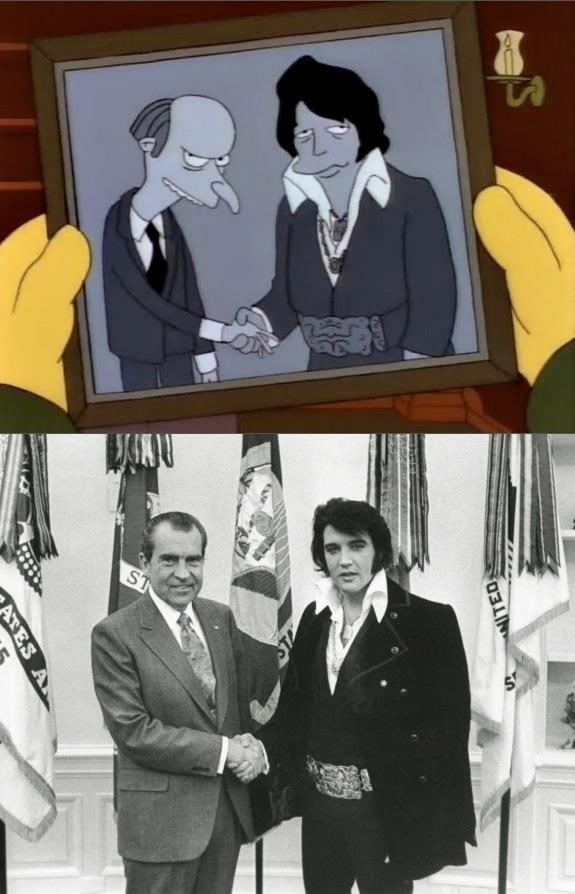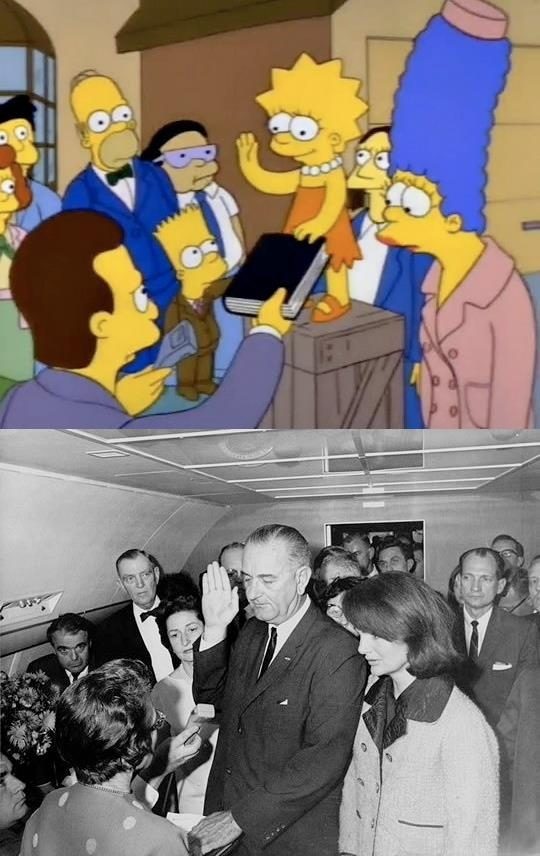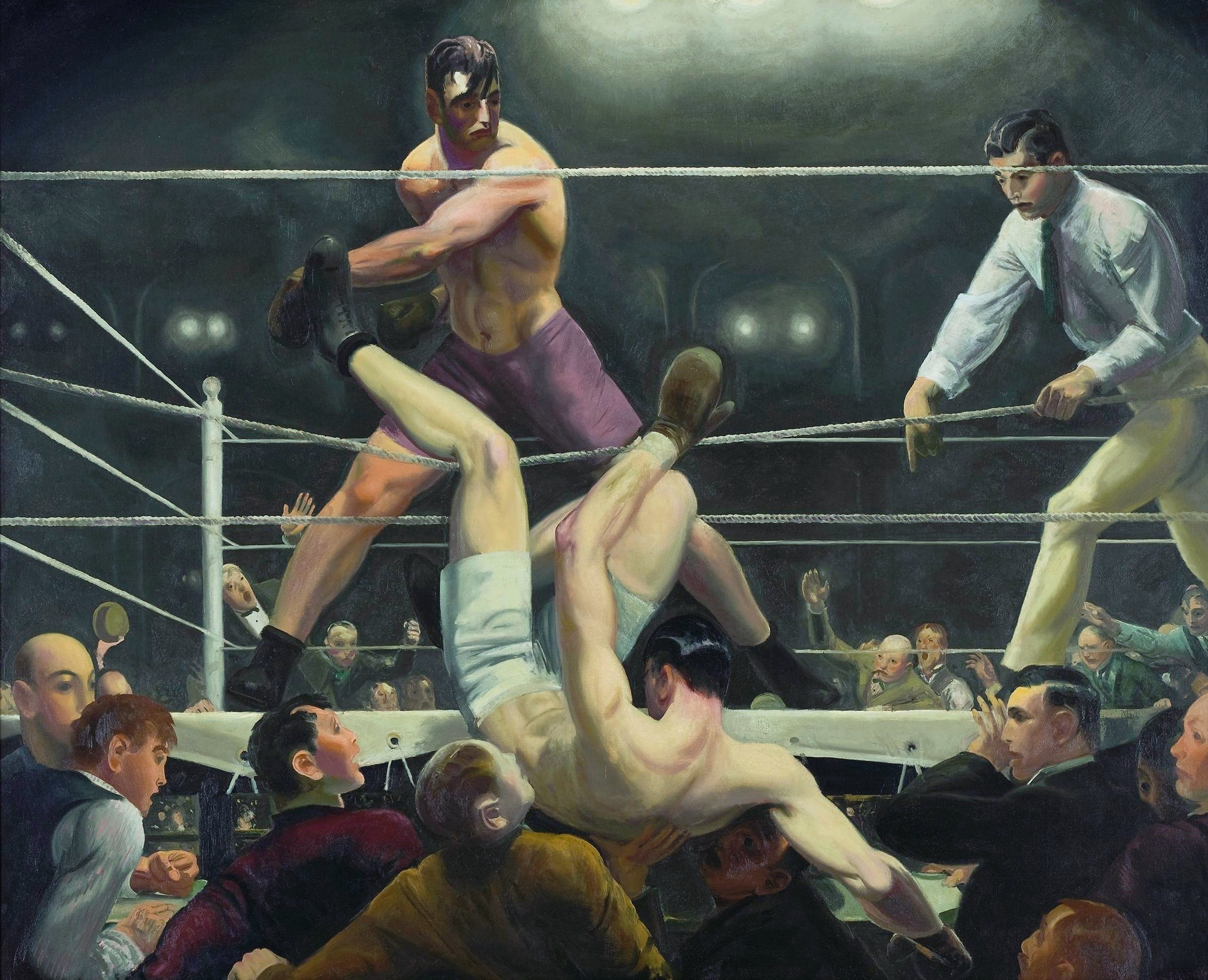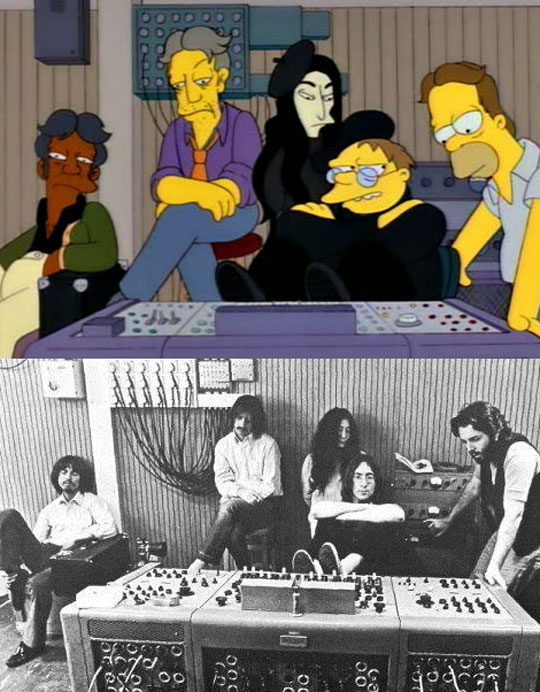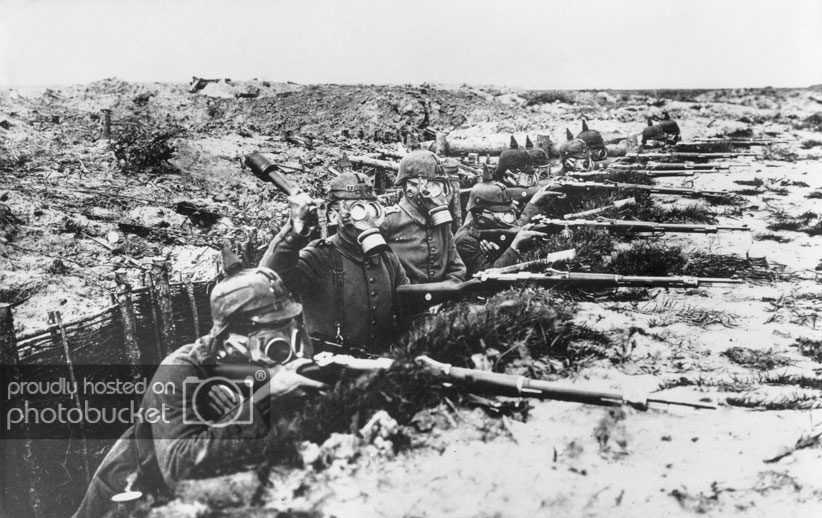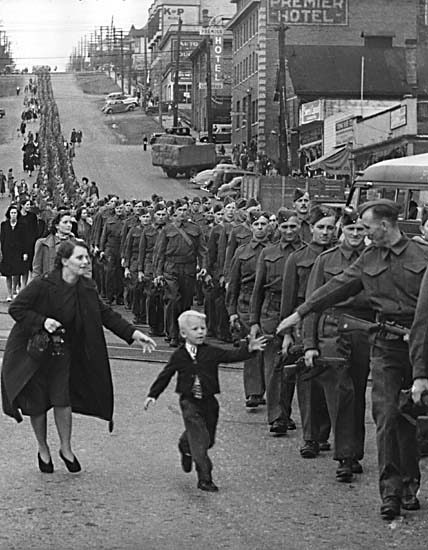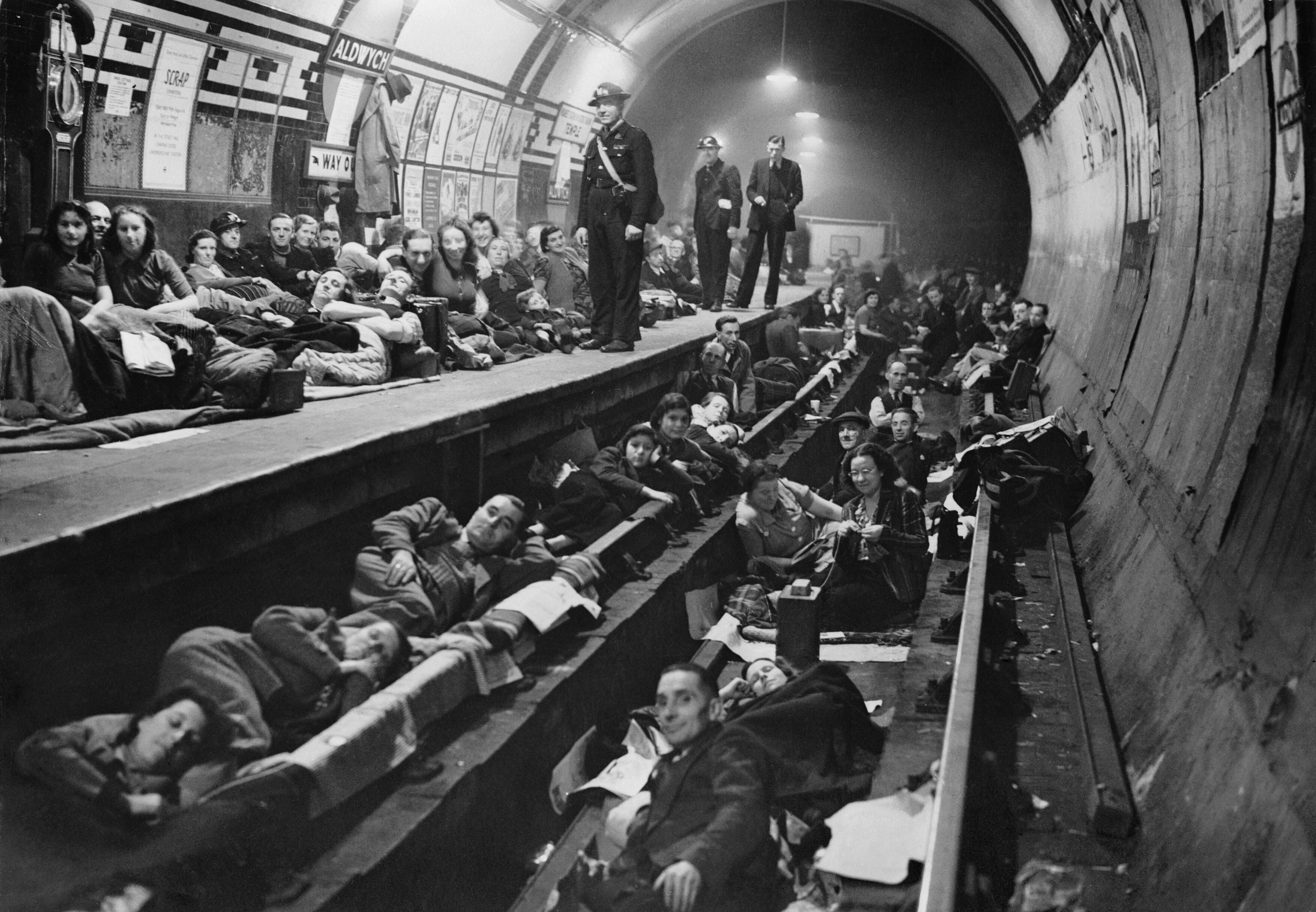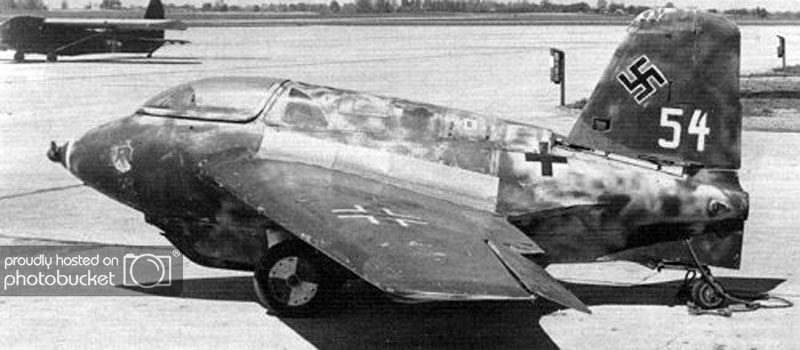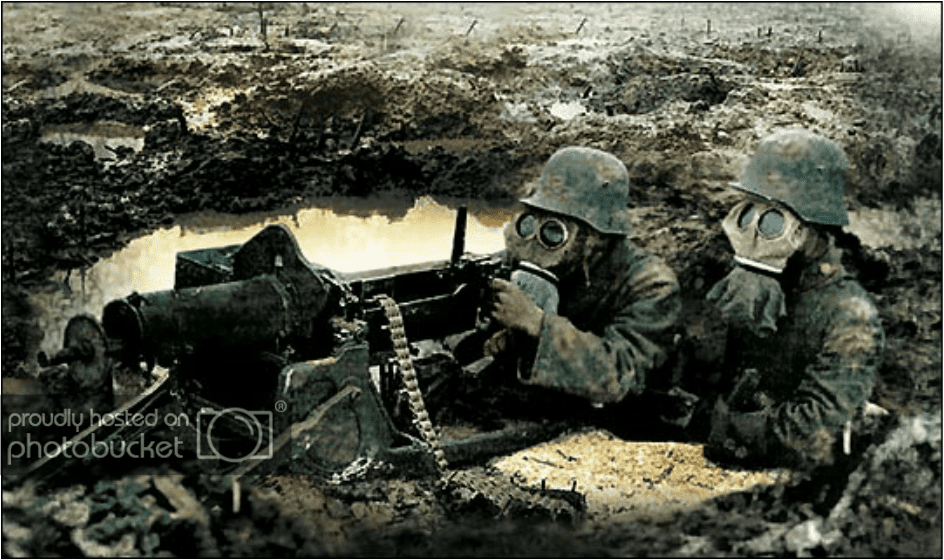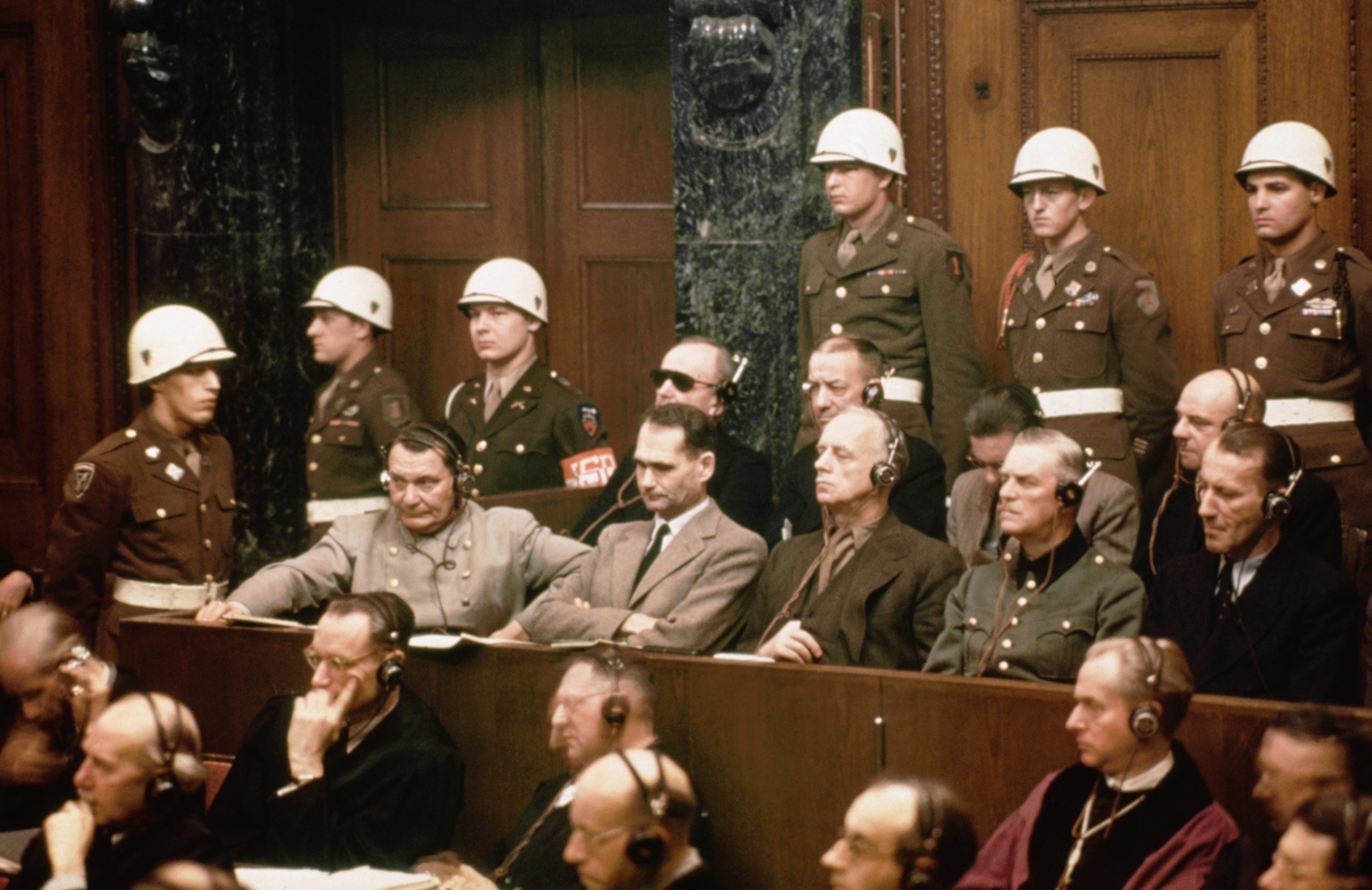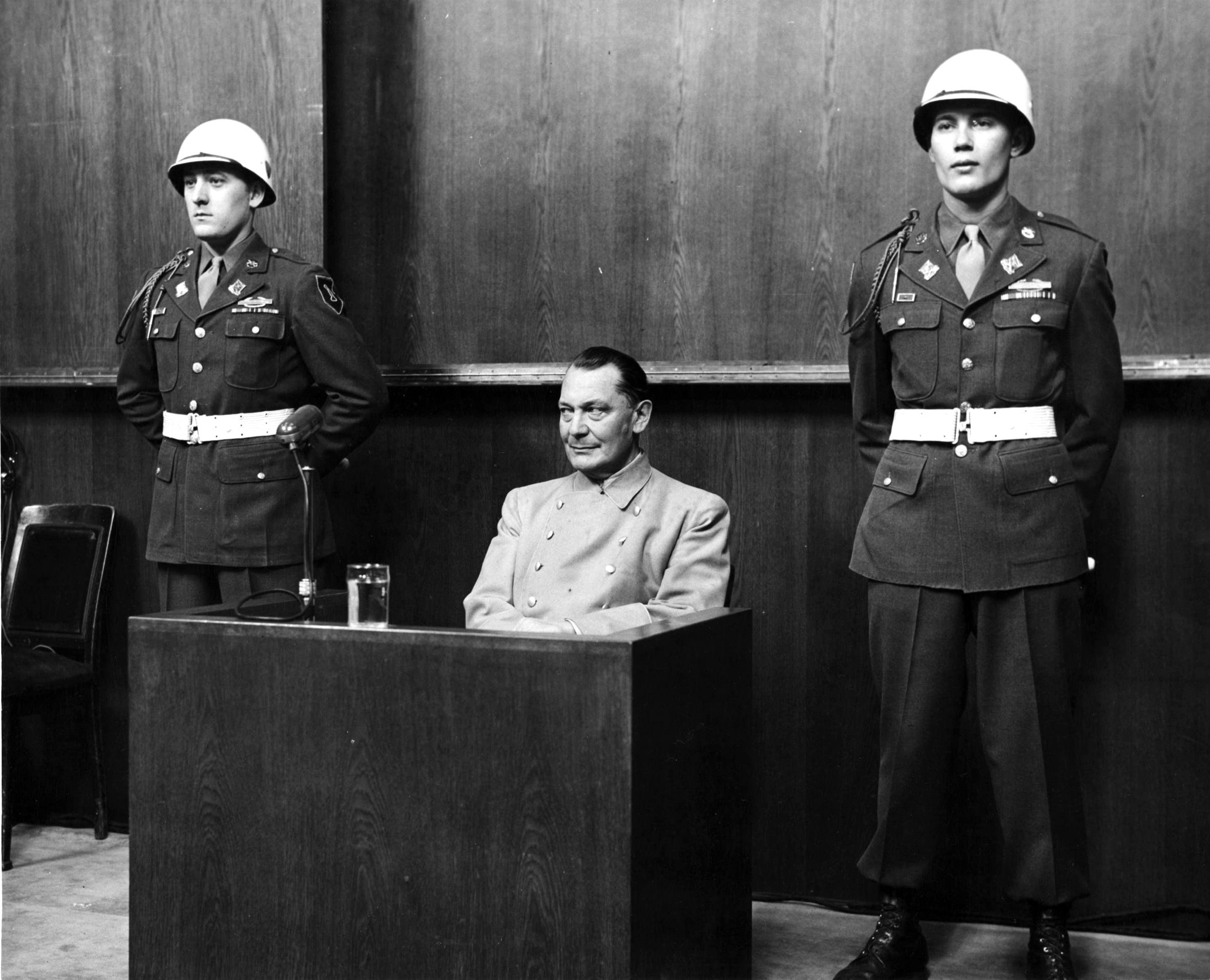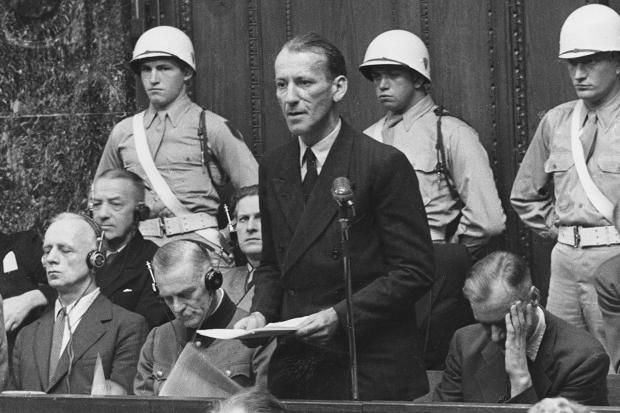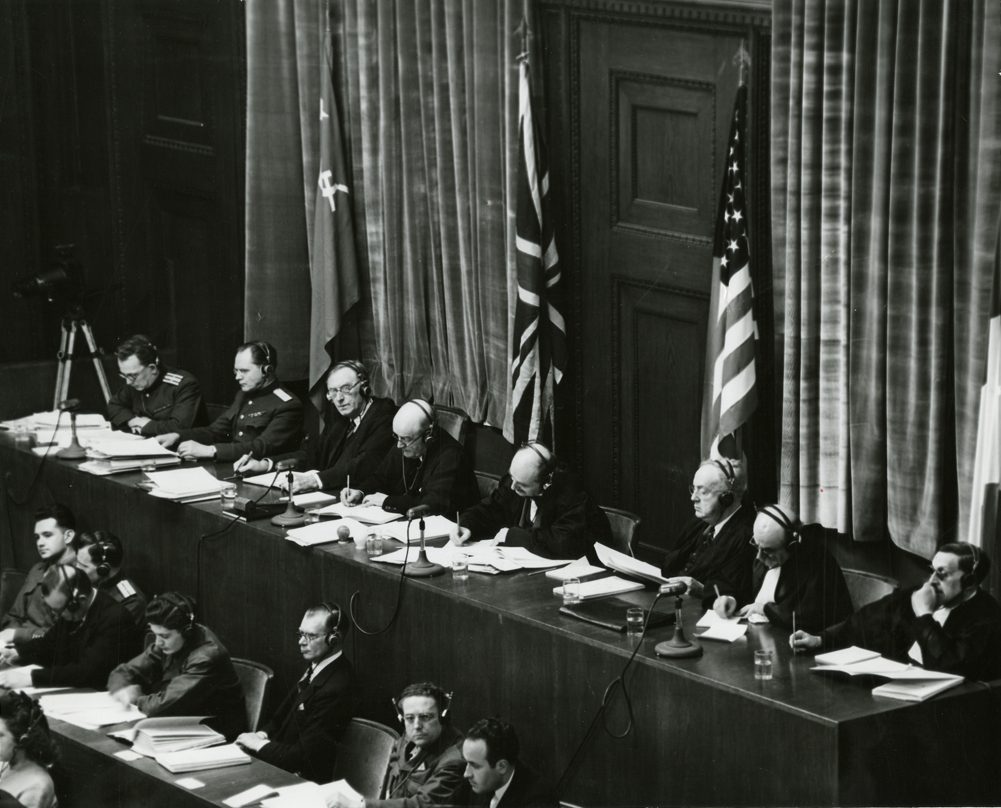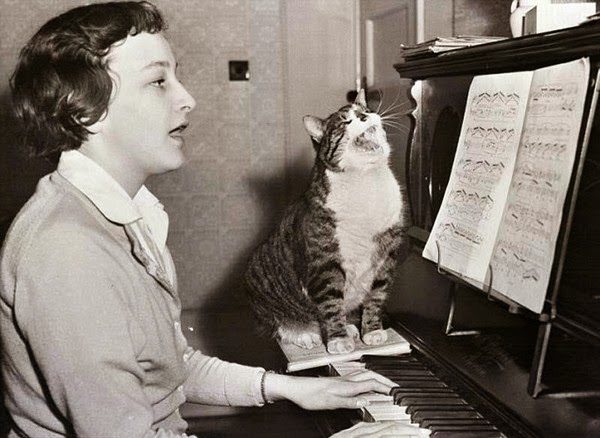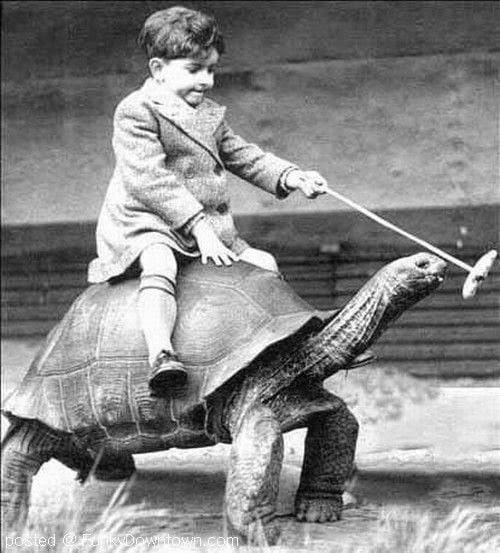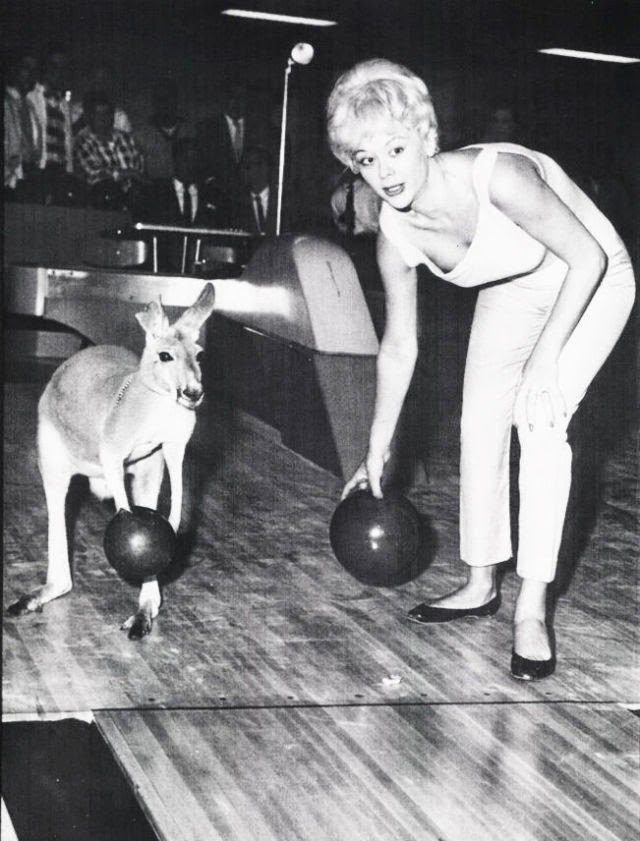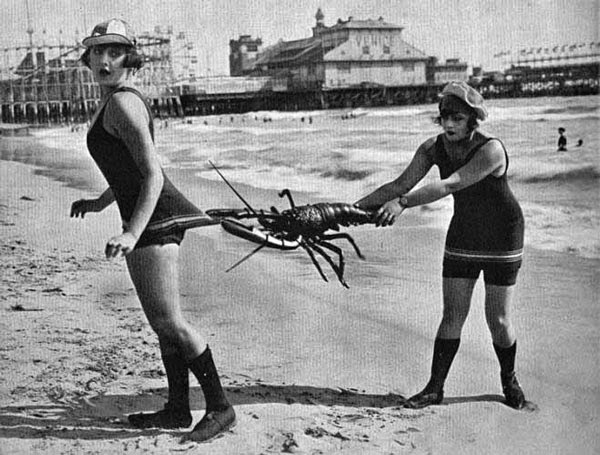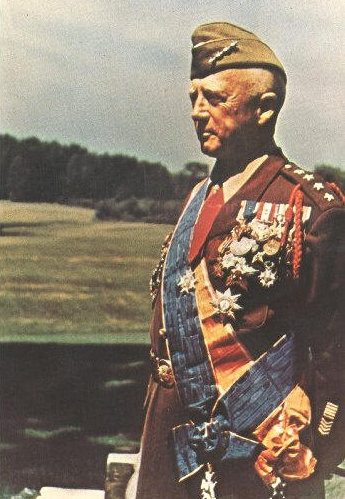- 30,745

- Bratvegas
Henry John Temple, 3rd Viscount Palmerston
Lord Palmerston was British Prime Minister on two occasions; the first from 1855-1858 and the second from 1859-1865. He was also Foreign Secretary for a total of 15 years and is regarded as one of the best to ever hold the post.
Although there is an earlier photograph of the Duke of Wellington, that was taken after his time in office and well into his retirement. This is the first photograph of a sitting Prime Minister; taken in 1857 during his first term.

Lord Palmerston was British Prime Minister on two occasions; the first from 1855-1858 and the second from 1859-1865. He was also Foreign Secretary for a total of 15 years and is regarded as one of the best to ever hold the post.
Although there is an earlier photograph of the Duke of Wellington, that was taken after his time in office and well into his retirement. This is the first photograph of a sitting Prime Minister; taken in 1857 during his first term.

